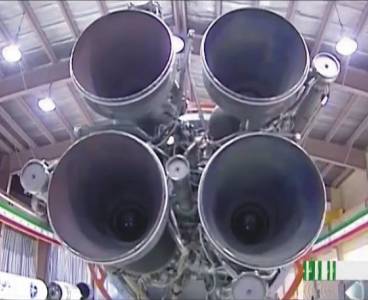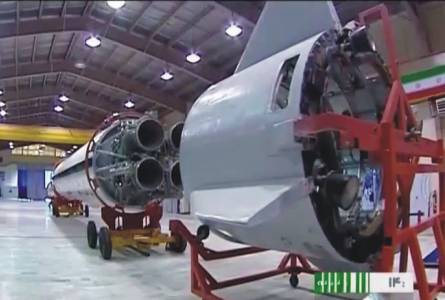A Glorious 3D Glimpse of a Massive Martian Canyon
India’s Mars Orbiter Mission has sent back a dramatic image of the Ophir Chasma terrain on Mars, giving us an unprecedented 3D look at one the Solar System’s largest canyons.
The feature is part of the
Valles Marineris canyon system on Mars, a massive gash along the equator that’s nearly as long as the United States is wide. In fact, it spans about 20%, or a fifth, of the entire distance around Mars. Ophir Chasma measures about 197 miles (317 km) long, and was named after a land mentioned in the Bible.
The walls are comprised of many different layers, and the floors contain significant deposits of layered materials. Some scientists theorize that the layers formed when water once filled the canyons. In some places, the cliffs drop 5 to 6 miles (8 to 10 kilometers), to which the Earth’s Grand Canyon, at a maximum height of 1 mile (1.6 km), pales in comparison.
The image above was captured by the probe’s color imager on July 19 at an altitude of 1,216 miles (1,857 km).
[ ISRO ]
















